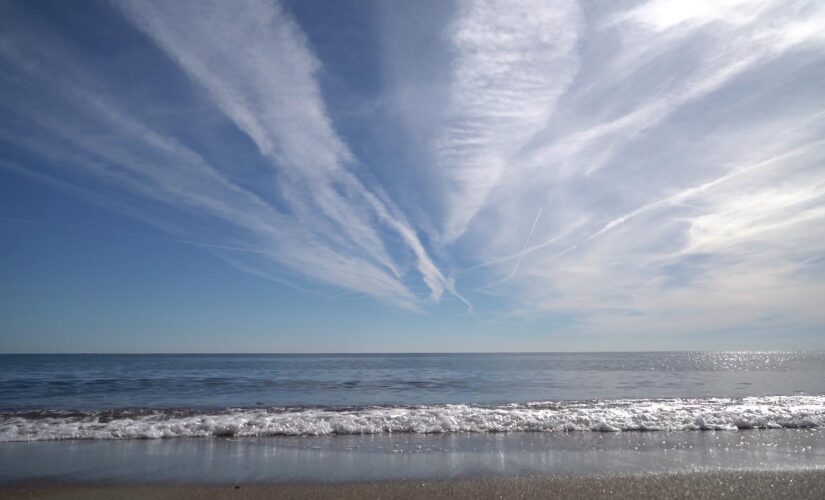Israel is blessed to have ~300 days of sunshine a year. In fact, with so…
#74 Wear shorts and sandals most of the year

What a difference Israel is over many places in the Diaspora. Israel has a Mediterranean climate with long, hot, rainless summers and relatively short, cool, rainy winters. The climate is as such due to Israel’s location between the subtropical aridity of the Sahara and the Arabian deserts, and the subtropical humidity of the Levant and Eastern Mediterranean. The climate conditions are highly variable within the state and modified locally by altitude, latitude, and the proximity to the Mediterranean.
On average, January is the coldest month with average temperatures ranging from 6 to 15 °C (42.8 to 59.0 °F), and July and August are the hottest months at 22 to 33 °C (71.6 to 91.4 °F), on average across the country. Summers are very humid along the Mediterranean coast but dry in the central highlands, the Rift Valley, and the Negev Desert. In Eilat, a desert city, summer daytime-temperatures are often the highest in the state, at times reaching 44 to 46 °C (111.2 to 114.8 °F). More than 70% of the average rainfall in Israel falls between November and March; June through September are usually rainless. Rainfall is unevenly distributed, significantly lower in the south of the country. In the extreme south, rainfall averages near 30 millimeters (1.18 in) annually; in the north, average annual rainfall exceeds 900 millimeters (35.4 in). Rainfall varies from season to season and from year to year, particularly in the Negev Desert. Precipitation is often concentrated in violent storms, causing erosion and flash floods. In winter, precipitation often takes the form of snow at the higher elevations of the central highlands, including Jerusalem. Mount Hermon has seasonal snow which covers all three of its peaks in winter and spring. In rare occasions, snow gets to the northern mountain peaks and only in extremely rare occasions even to the coast. The areas of the country most cultivated are those receiving more than 300 millimeters (11.8 in) of rainfall annually, making approximately one-third of the country cultivable.
Thunderstorms and hail are common throughout the rainy season and waterspouts occasionally hit the Mediterranean coast, capable of causing only minor damage. However, supercell thunderstorms and a true F2 tornado hit the Western Galilee in April 2006, causing significant damage and 75 injuries.
Heat waves are frequent. 2010 was the hottest year in the history of Israel with absolute record high in several places in August. The heat became stronger from August when temperatures were considerably above the average. October and November were also dry, and November was almost rainless when it was supposed to be rainy.



